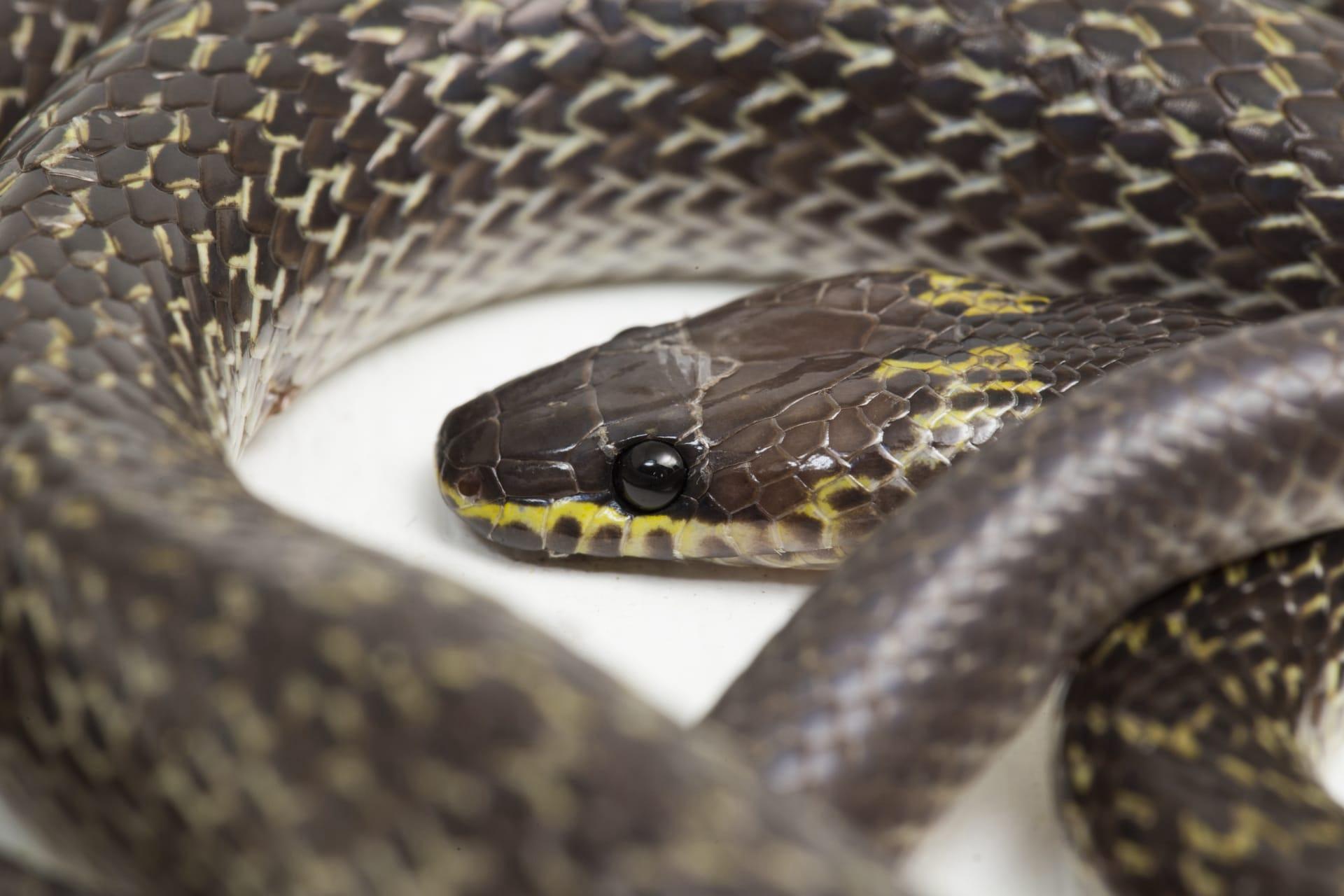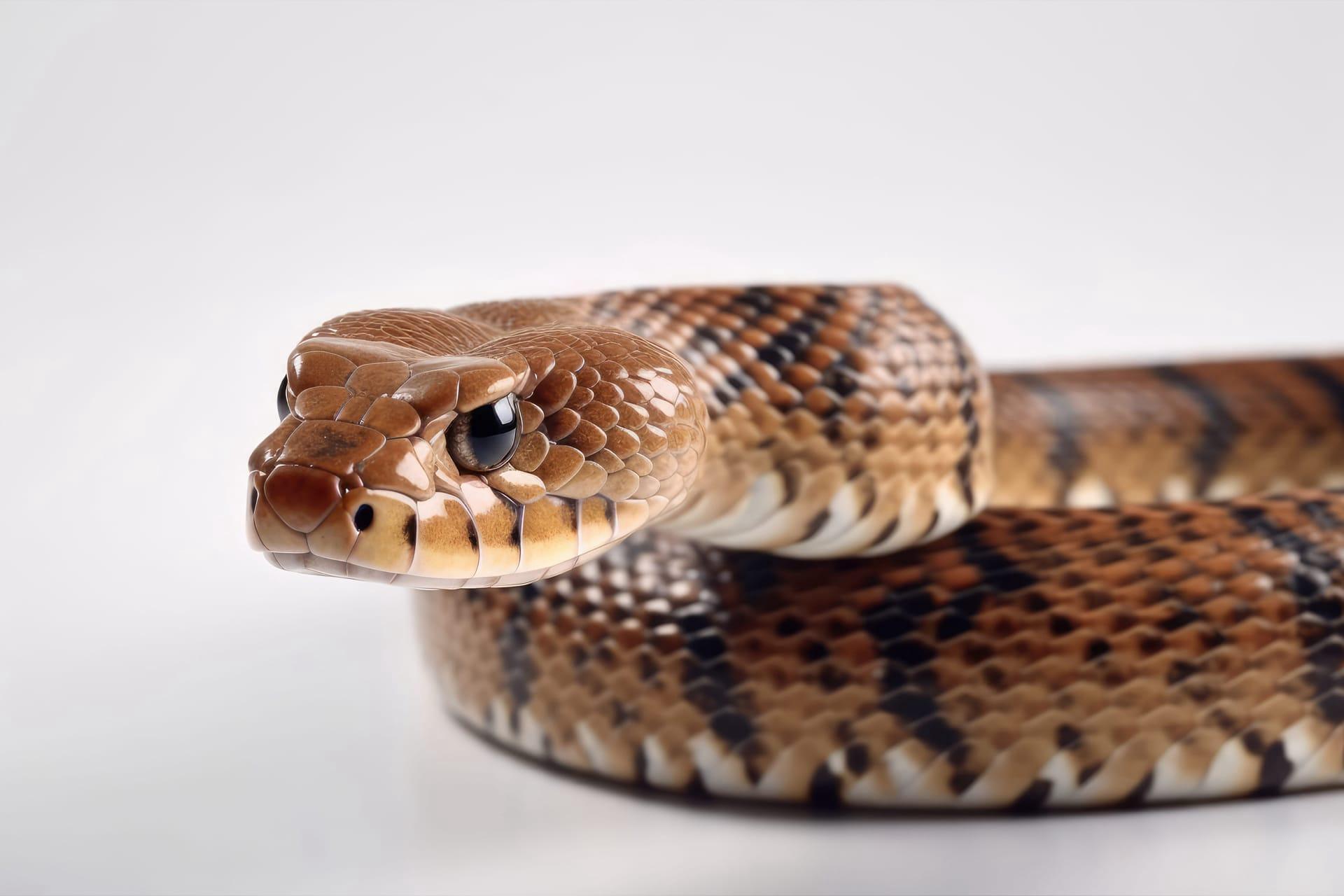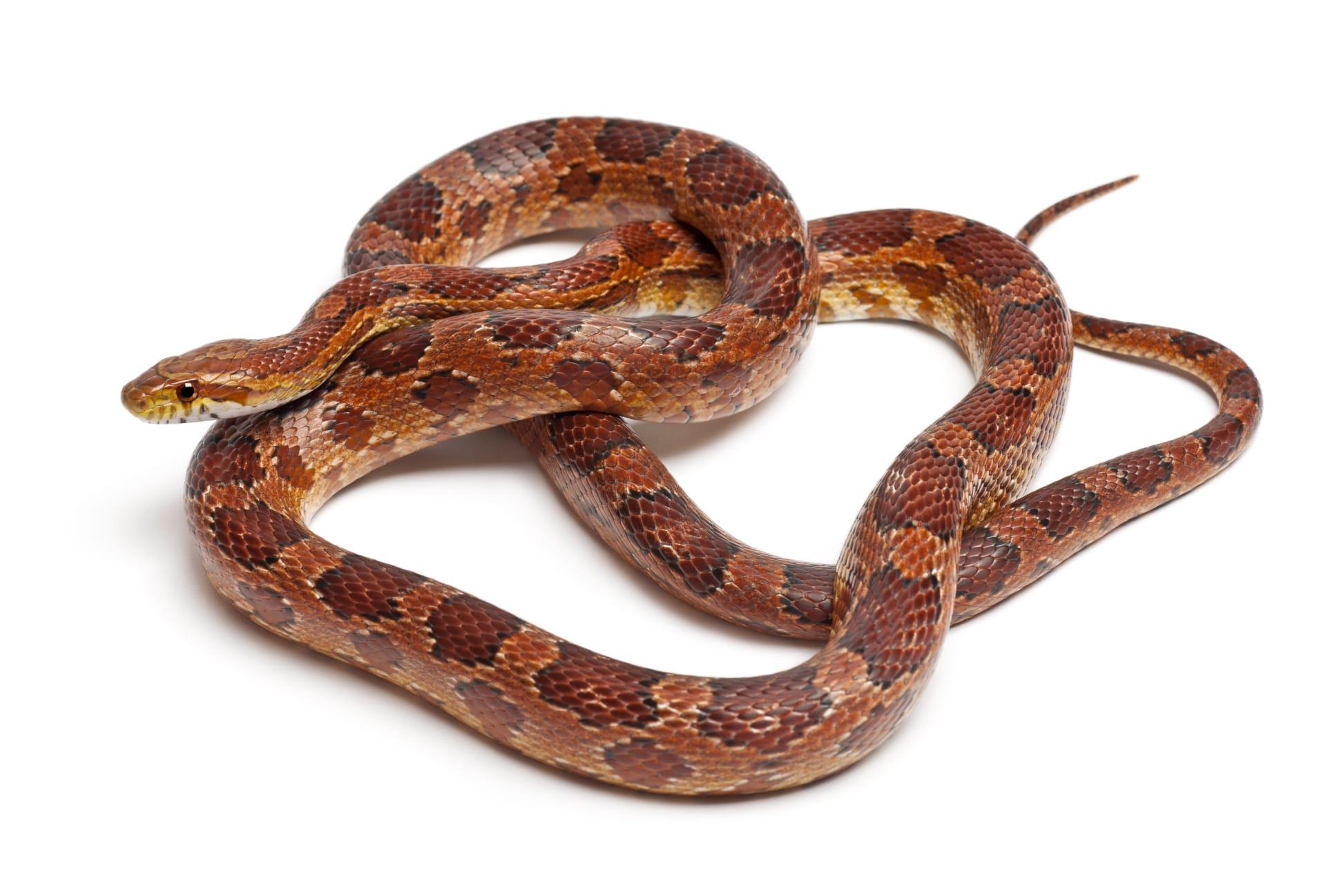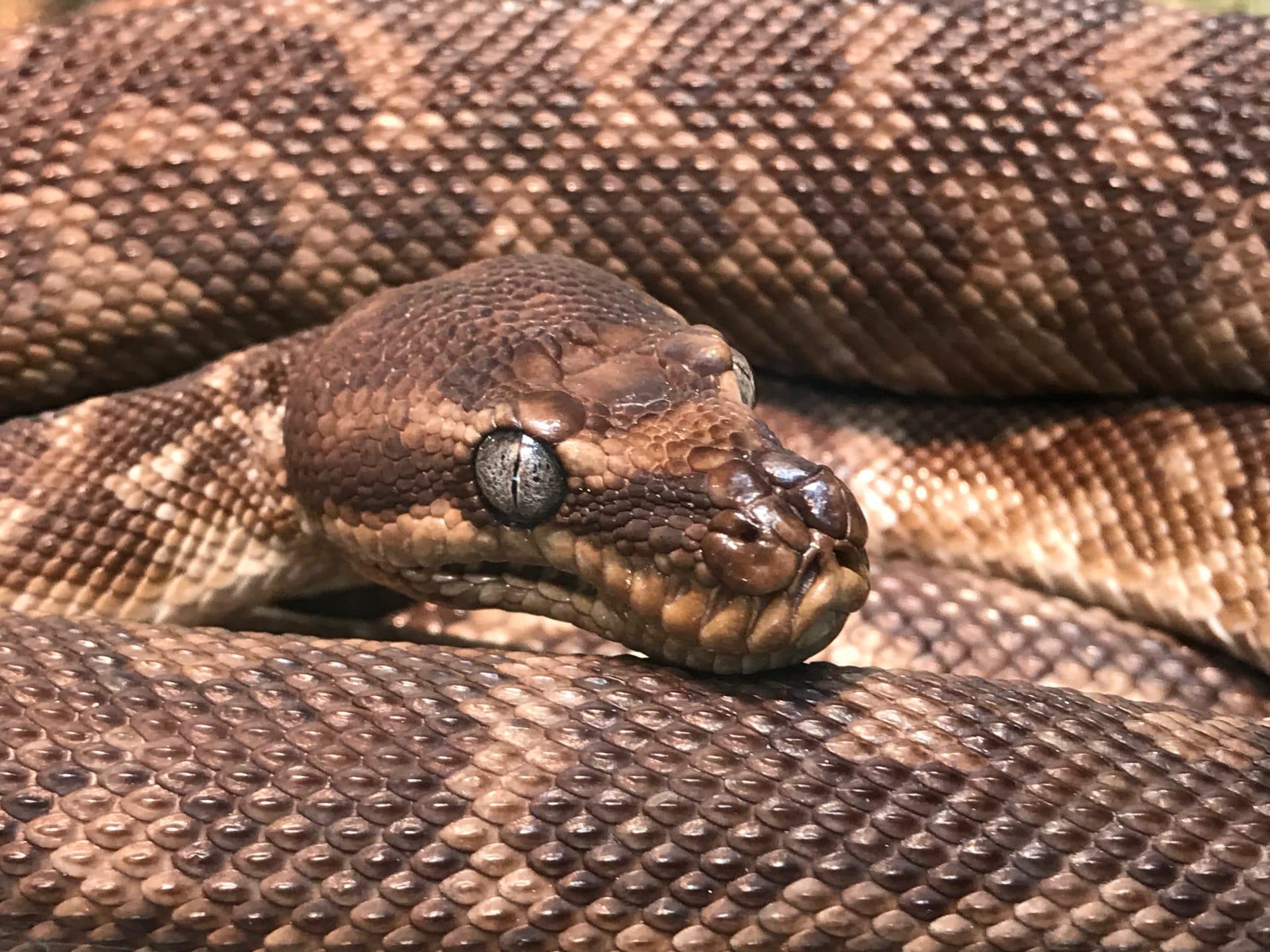Brown Snake Trivia
- Home /
- Trivia Question /
- Animal /
- Brown Snake Trivia
1
Question: What distinguishes brown snakes from other snake species in terms of physical appearance?
Answer: Brown snakes, known for their distinctively uniform brown coloration, can range from a light tan to almost black. They are typically slender, averaging between 12 to 24 inches in length. One key feature is their small, unassuming heads which are only slightly wider than their necks, unlike some other snake species. Their scales have a subtle, matte finish, not glossy, and their eyes are relatively small with round pupils.
Question: How do brown snakes adapt to different environments?
Answer: Brown snakes are highly adaptable creatures, thriving in a variety of environments from urban areas to woodlands. They have a remarkable ability to blend into their surroundings, thanks to their brown coloration. In colder regions, they hibernate during winter in communal dens, which can sometimes contain hundreds of snakes. During warmer months, they are often found under rocks, logs, or leaf litter where they hunt for food and avoid predators.

2
Question: Are brown snakes dangerous to humans?
Answer: Contrary to popular belief, most brown snakes are not dangerous to humans. While some species, like the Eastern Brown Snake, are highly venomous, the majority of brown snake species have weak venom that is not harmful to humans. They are generally shy and will avoid confrontation, biting only as a last resort. However, it's always recommended to keep a respectful distance from any wild snake.
Question: Do brown snakes lay eggs or give birth to live young?
Answer: Many people are surprised to learn that brown snakes are ovoviviparous, meaning they give birth to live young instead of laying eggs. The young are born fully developed, encased in a thin membrane that they break through shortly after birth. This reproductive strategy is beneficial in cooler climates, as it allows the mother to regulate the temperature of her developing young more effectively than if the eggs were laid in an external nest.

3
Question: What is the diet of brown snakes and how do they hunt?
Answer: Brown snakes have a diverse diet, primarily feeding on small rodents, slugs, snails, and insects. They use a combination of stealth and speed to hunt. Their venom, although weak in many species, is effective at subduing small prey. Interestingly, they have specialized teeth for feeding on snails and slugs, enabling them to extract these creatures from their shells with ease.
Question: How do brown snakes communicate with each other?
Answer: Brown snakes, like many reptiles, rely on body language and chemical cues for communication. They release pheromones to attract mates or mark their territory. During mating season, males may engage in ritual combat, which involves intertwining their bodies and wrestling. This display is a form of communication to establish dominance and attract females.

4
Question: How long do brown snakes live and what are their main threats?
Answer: In the wild, brown snakes can live for up to 7 years, but their lifespan is often shorter due to various threats. Predation by birds of prey, larger snakes, and mammalian predators like foxes are common natural threats. Human activities, such as habitat destruction and road accidents, also significantly impact their populations. In captivity, with proper care, they can live slightly longer.
Question: What role do brown snakes play in the ecosystem?
Answer: Brown snakes play a crucial role in controlling pest populations. By preying on rodents and insects, they help to maintain a balanced ecosystem. This predatory behavior keeps the populations of these potential pests in check, indirectly aiding in the protection of crops and reducing the spread of diseases. Additionally, as prey for larger animals, they are an important part of the food chain.

5
Question: How do brown snakes regulate their body temperature?
Answer: Being ectothermic (cold-blooded) animals, brown snakes regulate their body temperature through their environment. They bask in the sun to warm up and seek shade or burrow into the ground to cool down. This thermoregulation is vital for their survival, affecting their metabolism, hunting efficiency, and reproductive success.
Question: What unique adaptations do brown snakes have for survival?
Answer: Brown snakes have several adaptations for survival. They possess keen sensory abilities, using their forked tongues to pick up chemical cues from their environment. Their slender bodies allow them to navigate through tight spaces in search of food or shelter. Additionally, some species have developed resistance to the toxins of their prey, such as certain species of toads, enabling them to feed on animals that may be poisonous to other predators.